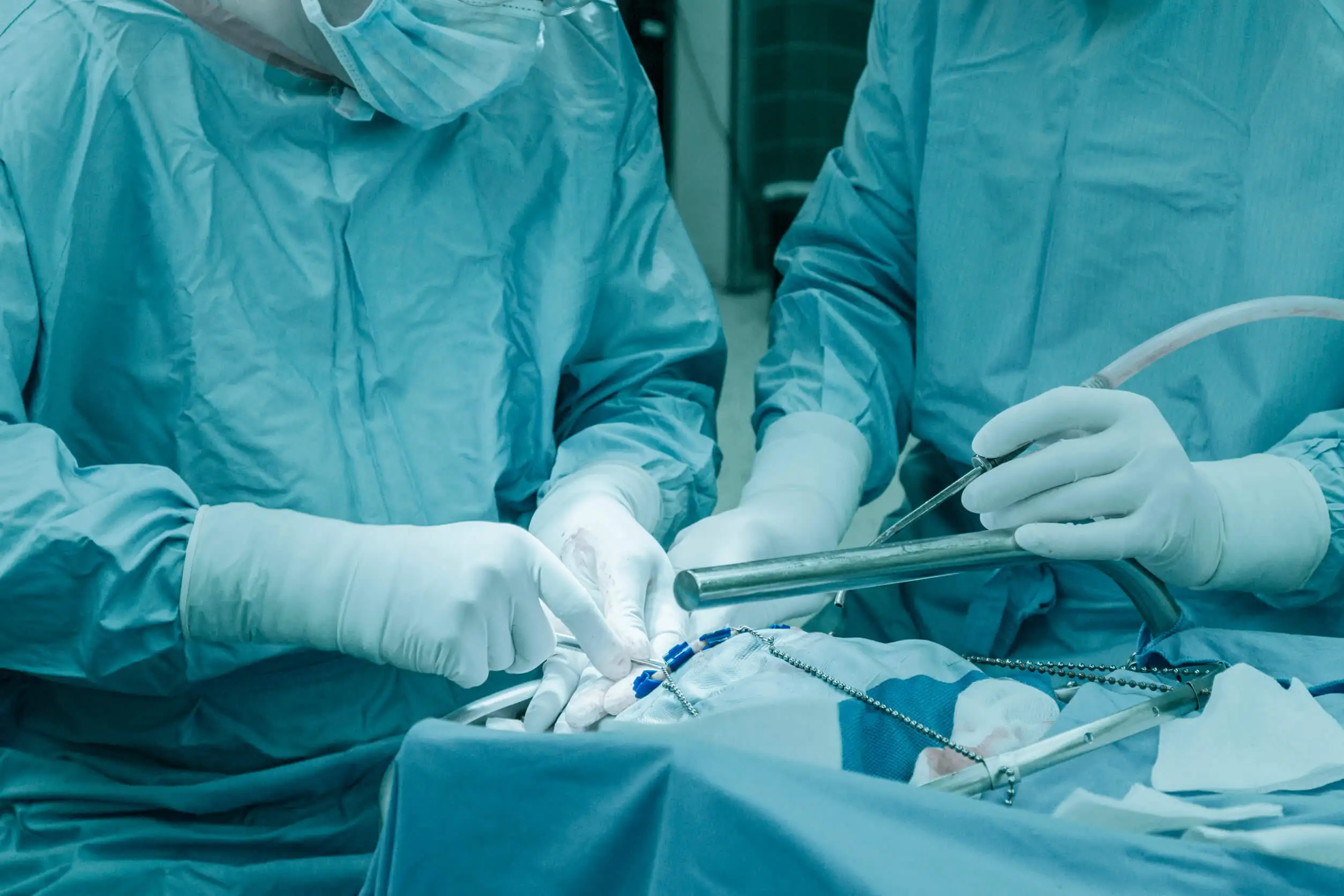What is a Brain Aneurysm? Learn About Emilia Clarke's Condition During Games of Thrones


Written and verified by the doctor Leonardo Biolatto
Emilia Clarke, star of GOT (Game of Thrones), recently told the media that a brain aneurysm threatened her life when she had just finished filming the first season of the series. However, her dangerous condition didn’t end there, because some time later, another aneurysm would bring her more problems.
The British star considers herself lucky today. She has survived the stroke resulting from her first aneurysm and fully recovered her cognitive functions. This is not something that all people suffering from this same pathology can count on.
I’m in the very, very, very small minority of people who can survive that. -Emilia Clarke
How did they discover Emilia Clarke’s first brain aneurysm?
Clarke recently said that her first encounter with the reality of a brain aneurysm was in February 2011. She, like many other people with the same condition, didn’t know she had this cerebrovascular malformation.
She was 24 years old at the time. After finishing filming the first season of GOT, the actress felt a very intense pain in her skull while performing the abdominal plank exercise with her personal trainer.
She managed to get up and head to the bathroom, where she vomited. In fact, she projectile vomited, which is a type of vomiting that occurs without prior nausea and is characteristic of processes that affect certain areas of the brain.
Upon receiving emergency hospital care, they found a subarachnoid hemorrhage that had been generated by the aneurysm. This diagnosis involved a nearly three-hour surgery to stop the bleeding inside her skull.
We think you may also enjoy reading this article: The Modular Theory of Mind: How Does the Human Brain Work?
What is the relationship between a brain aneurysm and a subarachnoid hemorrhage?
Emilia Clarke’s brain aneurysm may have been there since birth. It’s a ballooning or widening of the course of a blood vessel – in this case, in the brain.
The vessel wall is weaker in the area of the aneurysm. The same dilatation leads to a thinning that’s susceptible to rupture.
When the cerebral aneurysm ruptures, like what happened to Emilia Clarke, the situation is life-threatening. A hemorrhagic stroke occurs, with the real possibility of causing death in a few seconds.
The blood that comes out of the ruptured aneurysm is located in different anatomical areas of the brain. It’s said that there is a subarachnoid hemorrhage when the fluid is stored below the meningeal layer called the arachnoid.
Specifically, we can say that Emilia Clarke had a hemorrhagic stroke due to a ruptured brain aneurysm on that particular occasion.

How are aneurysms treated?
Unfortunately, many aneurysms are only first detected when they’ve already ruptured. It’s often the associated symptoms that guide the diagnosis, which is confirmed with specialized imaging, such as a CT scan.
However, they can also be detected occasionally before they cause an urgent condition. This is the situation for patients who are studied for some symptoms and, incidentally, the imaging report warns of the presence of dilatation.
It may be an abdominal ultrasound due to pain, which leads to the discovery of an aortic aneurysm. Or it may be a brain MRI requested due to trauma, which reveals that there is an aneurysm in an artery of the brain.
When a case is detected, it’s not easy to make the medical decision that determines what steps to take. Neurosurgeons gather many factors to establish whether it is better to monitor the dilatation periodically or to intervene with surgery.
If the decision is made to operate on a cerebral aneurysm that has not ruptured, there are two options:
- Endovascular embolization: A catheter is used to seal the area of the aneurysm so that no more blood passes through it and the risk of rupture in the future is reduced.
- Placement of a flow diverter: This is a device similar to a stent that diverts the blood flow so that it no longer passes through the aneurysm.
Like this article? You may also like to read: The Benefits of Sudoku for the Brain, According to Science
Treatment for a ruptured aneurysm
The situation is different if the brain aneurysm ruptured, as happened to Emilia Clarke. In this case, a rapid and always surgical approach is necessary to try to save the patient’s life.
Overall, there are two options currently available:
- Clipping: With open surgery, the neurosurgeon places a metal clip that closes off the blood flow to the aneurysm.
- Catheterization: Without opening the skull, the surgeon takes a catheter to the aneurysm and there chooses to place a device that diverts the flow or interrupts circulation.

The situation of Emilia Clarke’s second brain aneurysm
The British actress was later informed that there was a second aneurysm in her brain while she was hospitalized for treatment of the first one. Since it was a small dilatation, she was instructed only to have it checked periodically.
In 2013, as part of one of these periodic checks, it was verified that the second aneurysm had grown too large. Therefore, it had to be operated on.
The surgery initially failed, and Clarke woke up from anesthesia with a severe headache. She then had to get another open surgery through the cranial bone.
I came out of the operation with a drain coming out of my head. Pieces of my skull had been replaced with titanium. -Emilia Clarke
Recovery was slow. The two consecutive surgeries had been complicated, and she had a history dating back to 2011 on her back to accompany her.
Vision problems, aphasia, and continuous headaches accompanied her for several months. These were sequelae of the brain damage she had suffered. For some patients with a similar clinical picture, these consequences can be permanent:
- Paralysis
- Blindness
- Convulsions
- Urinary incontinence
- Memory disturbances
- Mood and behavioral disorders
A silent disease
An aneurysm is a silent condition…until it’s no longer silent. When it expresses itself, complications are severe, and the condition is life-threatening.
Emilia Clarke was fortunate to receive timely and specialized care. Although she went through sequelae that jeopardized her acting career, she recovered and continues to play characters in film, television, and theater.
All cited sources were thoroughly reviewed by our team to ensure their quality, reliability, currency, and validity. The bibliography of this article was considered reliable and of academic or scientific accuracy.
- Fernández-Miranda, Pablo Menéndez, et al. “Malformaciones vasculares cerebrales:¿ cuál es el papel de cada prueba de imagen?.” Seram 1.1 (2021).
- Bravo, Galo Fabian Yunga, et al. “Actuación clínica en la hemorragia subaracnoidea.” Recimundo 4.1 (Esp) (2020): 256-267.
- Adams, Harold P. “Endovascular treatment of ruptured intracranial aneurysms.” Current Neurology and Neuroscience Reports 4.1 (2004): 9-12.
- Ngoepe, Malebogo N., et al. “Thrombosis in cerebral aneurysms and the computational modeling thereof: a review.” Frontiers in Physiology 9 (2018): 306.
- Ansari, Ahmed, et al. “Review of avoidance of complications in cerebral aneurysm surgery: The Fujita experience.” Asian Journal of Neurosurgery 14.3 (2019): 686.
This text is provided for informational purposes only and does not replace consultation with a professional. If in doubt, consult your specialist.








